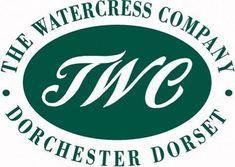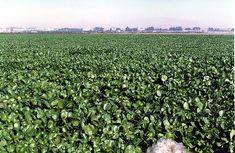

Successful marketing in the spring and growth in the watercress market forecast at 20 per cent this year have led The Watercress Company (TWC) to invest in expanding its spring and autumn production area in Jerez, south-western Spain.
Recent building work is almost complete on a new 4ha watercress bed development at the Dorset-based firm’s farm at Rocio. TWC’s Tom Amery said: “This new development will provide a substantial addition to our annual availability of watercress. Completion of these new beds will be in December 2007”.
In a separate development, TWC has also built a fully mobile complete ultra-violet treatment system. The company said the requirement to treat irrigation water used in salad crop production is becoming increasing likely. This is mainly because most of the industry sources some of its annual requirements from river abstraction and also due to growing pressure from UK retailers who are demanding an increase in the quality of water used in irrigating salad crops.
In light of these changes The Watercress Company commissioned KJB Contractors, to come up with a uv treatment system with the capacity to irrigate a large daily acreage and also to be fully transportable.
The plant uses self-cleaning filters, allowing over 40,000 litres an hour to be cleaned and has covered all specifications required by TWC. Initial trials on water used in the irrigation of baby-leaf crops on TWC’s 120 ha Dorset site, is proving very effective. The plant is providing treated water and will eliminate both Coliforms and targeted E-coli counts if in the source at the point of abstraction.
Amery said: “UV treatment of water is not a new science but, combined with good filtration, it will kill or render harmless micro-organisms. We chose UV because it has no chemicals inputs, a low initial capital cost, immediate treatment and it is economical and safe to use.
“We wanted to give our customers the assurance that we are doing everything possible in relation to managing risks. We have introduced irrigation intervals in relation to harvest that had a significant effect on results this year. There is no history of micro issues on our raw materials but we recognise uncontrolled sources could pose a likely risk from time to time. The only way round this was treating the water ourselves and this meant UV water treatment at source.”



